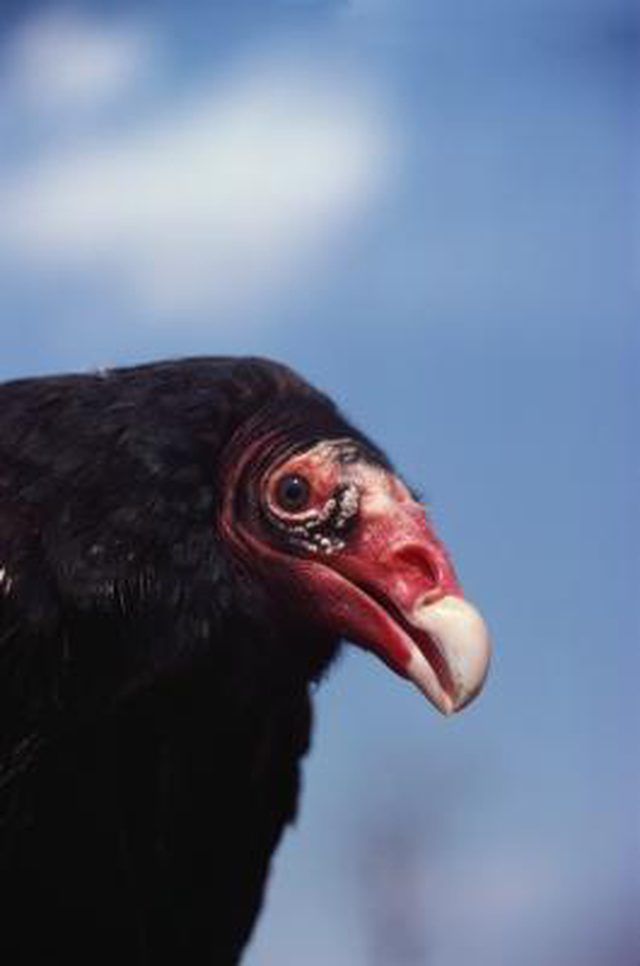Bulbs
Flower Basics
Flower Beds & Specialty Gardens
Flower Garden
Garden Furniture
Garden Gnomes
Garden Seeds
Garden Sheds
Garden Statues
Garden Tools & Supplies
Gardening Basics
Green & Organic
Groundcovers & Vines
Growing Annuals
Growing Basil
Growing Beans
Growing Berries
Growing Blueberries
Growing Cactus
Growing Corn
Growing Cotton
Growing Edibles
Growing Flowers
Growing Garlic
Growing Grapes
Growing Grass
Growing Herbs
Growing Jasmine
Growing Mint
Growing Mushrooms
Orchids
Growing Peanuts
Growing Perennials
Growing Plants
Growing Rosemary
Growing Roses
Growing Strawberries
Growing Sunflowers
Growing Thyme
Growing Tomatoes
Growing Tulips
Growing Vegetables
Herb Basics
Herb Garden
Indoor Growing
Landscaping Basics
Landscaping Patios
Landscaping Plants
Landscaping Shrubs
Landscaping Trees
Landscaping Walks & Pathways
Lawn Basics
Lawn Maintenance
Lawn Mowers
Lawn Ornaments
Lawn Planting
Lawn Tools
Outdoor Growing
Overall Landscape Planning
Pests, Weeds & Problems
Plant Basics
Rock Garden
Rose Garden
Shrubs
Soil
Specialty Gardens
Trees
Vegetable Garden
Yard Maintenance
How to Get Buzzards Out of Trees Around Your House
How to Get Buzzards Out of Trees Around Your House. While true buzzards are raptors native to the Old World, the word is often colloquially applied in North America to two related species of scavenging bird: the turkey vulture, found at least part of the year across the entirety of the lower 48 states, and the black vulture, a smaller but often...

While true buzzards are raptors native to the Old World, the word is often colloquially applied in North America to two related species of scavenging bird: the turkey vulture, found at least part of the year across the entirety of the lower 48 states, and the black vulture, a smaller but often more aggressive inhabitant of the American South and Southwest. While they perform crucial ecological functions, the birds can sometimes annoy homeowners when they gather for their nocturnal roosts in backyard trees.
Things You'll Need
Motion-sensor sprinkler
Bird distress calls
Hose
Artificial dead vulture
Taut line
Consider the situation carefully to determine whether the vultures are actually causing enough of a nuisance to warrant any action. The birds provide essential sanitation duties, processing carcasses in a region and thus reducing stench and other issues associated with more prolonged decomposition. If you can tolerate their presence, the vultures are likely to cause you no harm and repay your accommodation with a cleaner, more complete local ecosystem. But if the flock is making a mess or causing structural damage, investigate mitigation.
Install a motion-sensor sprinkler system to discourage roosting if you’ve determined the vultures must go. Several companies market such products, which can be erected on rooftops or in trees to spray vultures as they gather communally for the night.
Disturb the roost humanely in other ways to convince the birds another location will be less trouble. Shaking the roost tree from below, clapping and shouting, spraying a hose toward the canopy and playing the distress calls of other birds – available at pest-control outlets – are some options. Some people have success affixing helium balloons to the tree in question, though vultures are smart enough, over time, to see through such scarecrows. Firecrackers may do the trick as well but should be used only in compliance with local regulations. You may need to continue such routines several nights in a row to definitely encourage the birds to vacate.

Make or purchase the likeness of a dead vulture – believe it or not, such effigies are available, as from a taxidermist – and hang it from the roost trees where it may be easily seen by approaching vultures.
Contact a wildlife professional for advice at any stage. While a state or county wildlife or natural resources department may not be able to take any action against a vulture roost, staff can counsel you in your mitigation efforts.
Tips & Warnings
Homeowners trying to discourage vultures from roosting on rooftops sometimes succeed by positioning a taut line about 8 inches above and aligned with the roof crest. Depending on the layout of your problem roost and the tree or trees it encompasses, you may be able to rig a similar simple deterrent to hamper the vultures’ efforts at landing.
Keep in mind that both black and turkey vultures have federal protection in the U.S. and may not be killed or injured except under certain conditions.